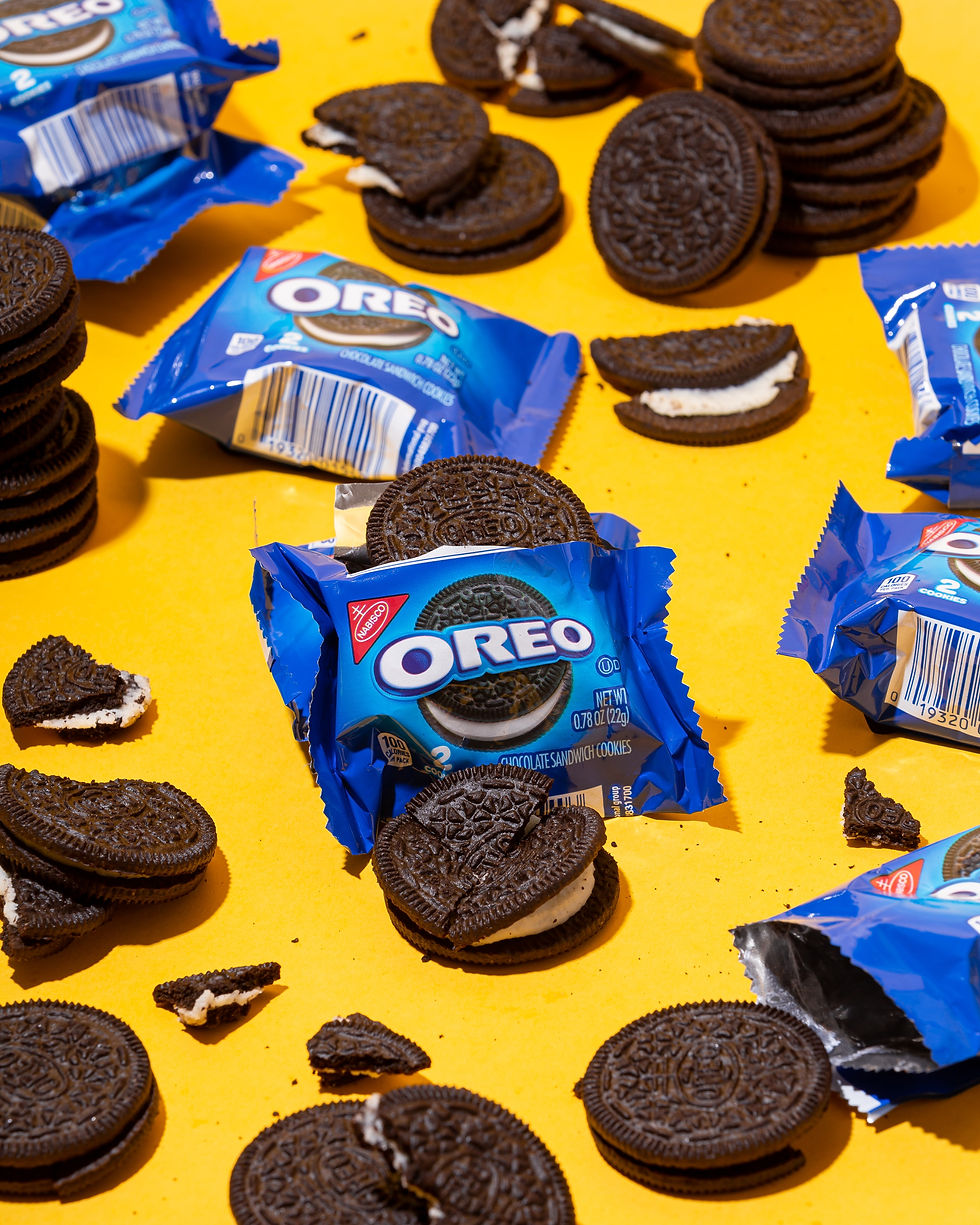The latest news, trends, analysis, interviews and podcasts from the global food and beverage industry

As consumer engagement becomes a key differentiator, AI-powered connected packaging is revolutionising brand-consumer interactions by blending dynamic digital experiences with valuable consumer data. This evolution fosters deeper loyalty, enhances personalisation, and unlocks new opportunities in the competitive food and beverage market, as Jenny Stanley, managing director at Appetite Creative, tell FoodBev.
Gone are the days when QR codes simply led to static web pages. Today, AI-enhanced connected packaging serves as an intelligent bridge between physical products and dynamic digital experiences. The transformation is remarkable – what was once a simple scanning action has evolved into an adaptable data-driven conversation between brands and their customers.
Take, for example, the 'My Fridge' feature in Sunny Oil's newest connected packaging campaign. This AI-powered system doesn't just provide generic recipes; it intelligently combines ingredients users already have in their fridges to suggest unique meal ideas. The tool ensures users never receive the same recipe twice, creating an essentially unlimited cookbook that keeps consumers coming back to the brand.
Delighting loyal customers
The real power of AI in connected packaging lies in its ability to create ‘intelligent loyalty loops’. These are sophisticated systems that learn from each interaction to provide increasingly personalised experiences. For instance, Sunny's platform can store up to 50 recipes in its 'Daily Hacks' section, but the AI ensures that the content shown is relevant to each user's previous interactions and preferences.
The educational aspect of connected packaging has also been transformed by AI. Rather than overwhelming consumers with all available information, AI can intelligently serve relevant content based on user behaviour and interests. Whether it is explaining sustainability credentials, sharing cooking tips or highlighting product benefits, the information is delivered in a way that matches the consumer's learning pattern and interests.
Gamification has become a crucial element in successful connected packaging campaigns. Sunny Oil's implementation includes multiple games like 'Sunny Pathway' and 'Bottle Flip,' creating an entertaining experience that encourages repeated interaction. The AI component helps manage leaderboards and personalise the gaming experience, encouraging users to return to the platform.

Tracking and tailoring
From games and competitions, vouchers and prizes, data collection and information sharing, connected packaging offers a sticky experience which encourages customer loyalty and repeat visits. It delivers an interactive relationship directly between brands and their customers.
The value for advertisers goes far beyond simple engagement metrics. These AI-powered experiences create rich datasets that help brands understand their customers better. When consumers interact with connected packaging, they are providing valuable insights into their preferences and behaviours. This first-party data has become increasingly valuable as we move away from reliance on third-party cookies in digital advertising.
One of our most successful connected packaging campaigns looked to raise awareness of a milk and fruit drink range as families returned to school and offices in September. The results were outstanding, with over 97k scans and 9.9k Registrations. Over 8.5k took selfies with 3.2k sharing them on social media.
AI implementation
The tech stack for the Sunny Oil campaign enabled real-time recipe generation based on available ingredients, dynamic image creation for unique recipe combinations, efficient processing of user interactions and scalable content delivery.
It leveraged several sophisticated AI technologies:
OpenAI's GPT-4 powers the natural language processing for recipe recommendations and user interactions.
DALL-E 2 generates customised recipe images and visual content.
Backend infrastructure combines Rust WebAssembly and PHP for API handling.
Cloudinary manages dynamic processing and delivery.

Cost considerations
The investment in AI technology, even with significant cost per query and ongoing model maintenance, can deliver a measurable business impact. Each AI interaction can provide increasingly valuable consumer insights that justify the technology investment.
However, unlike traditional static QR code experiences, AI-powered features incur ongoing operational costs. These additional costs include:
Costs per query: Each AI interaction (like a recipe search or personalised recommendation) triggers the AI model, incurring a per-query cost for GPT-4 and DALL-E 2, as well as API processing expenses.
Model training: Regular retraining of AI models with new user data adds to operational expenses.
Scaling considerations: As user engagement grows, AI processing costs increase proportionally.
Image generation and storage costs.
Ongoing model maintenance.
These costs need to be weighed against the value delivered:
Higher engagement rates, including 14% vs 0.01% for traditional digital ads and a 3-minute average engagement time.
Increased customer lifetime value through personalisation.
Richer first-party data collection.
Reduced customer service costs through automated interactions.
Zero additional media costs per engagement.
When evaluating the value of AI implementation, brands need to consider:
Initial setup costs vs ongoing operational expenses.
Query volume predictions and associated AI processing costs.
ROI metrics that justify the additional investment.
Scalability planning as engagement grows.
For brands and advertisers, the future of connected packaging lies in its ability to create ‘smart conversations’ with consumers. This isn’t solely one-way communication, but increasingly genuine dialogues and more meaningful relationships facilitated by AI that adapt and evolve based on user interaction.
As we continue to see innovations in this space, I believe AI will play an even more crucial role in connected packaging strategies. The technology's ability to process vast amounts of data, tailor experiences and adapt in real-time makes it an invaluable tool for brands looking to stand out in an increasingly competitive marketplace.
The question isn't whether to implement AI-enhanced connected packaging but rather how to leverage it most effectively for your brand's unique needs and audience.











.jpg)
